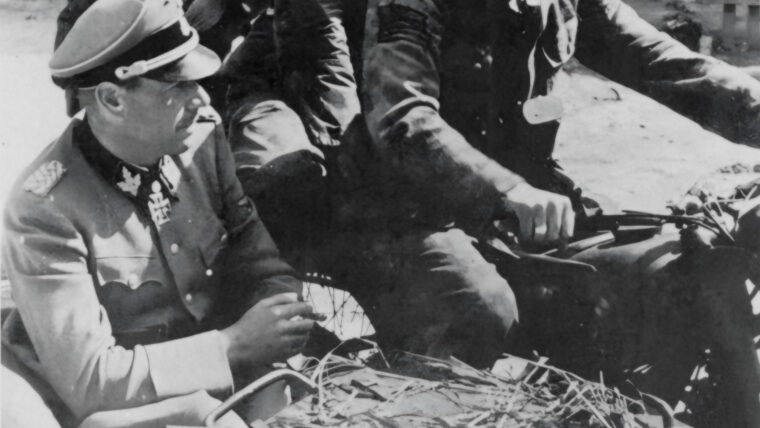
European Theater
Kurt “Panzer” Meyer was known as the fighting general of the Waffen SS.
By Richard RuleKurt Meyer was without doubt one of the most outstanding and highly decorated Waffen SS officers of World War II. Read more
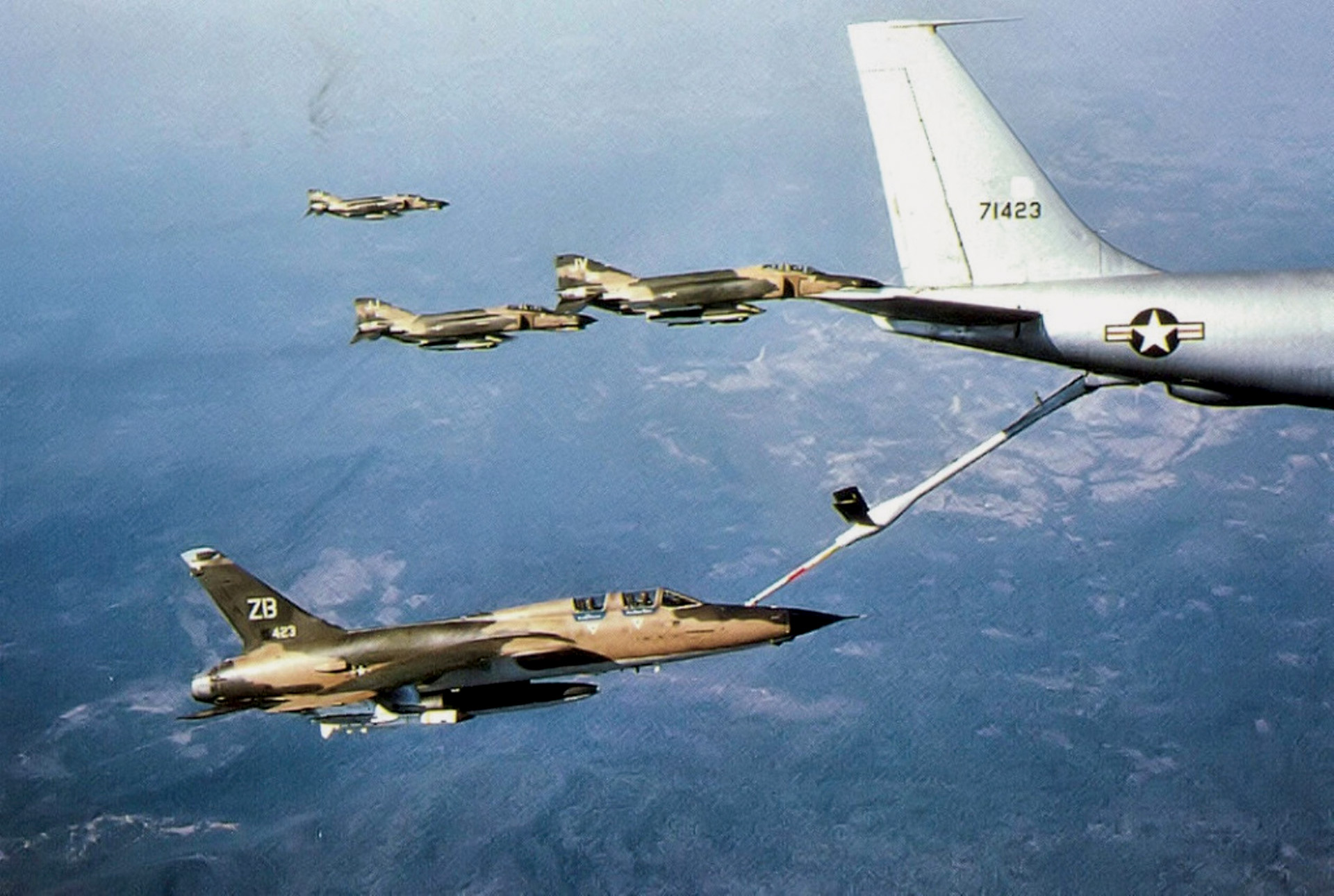

European Theater
Kurt Meyer was without doubt one of the most outstanding and highly decorated Waffen SS officers of World War II. Read more
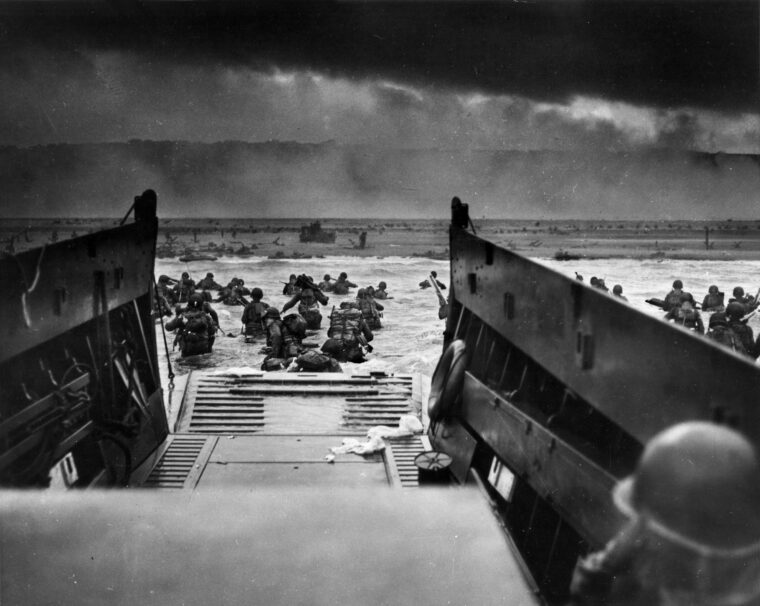
European Theater
Editor’s Note: The following is excerpted from Omaha Beach: D-Day June 6, 1944 by Joseph Balkoski (Stackpole Books, 2004; www.stackpolebooks.com). Read more
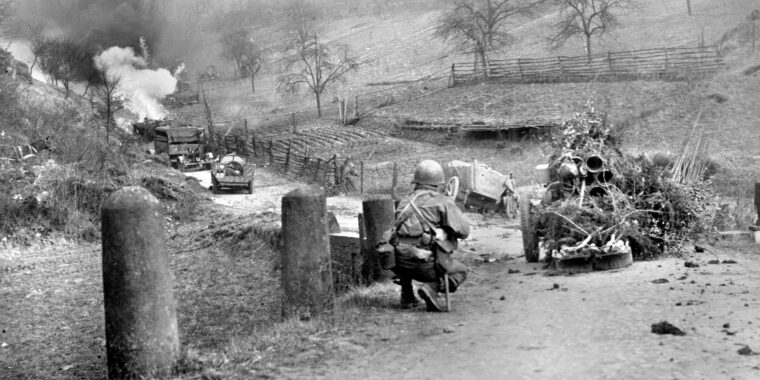
European Theater
The 80th Infantry Division’s lineage goes back to the First World War. It was first organized at Camp Lee, Virginia, on August 5, 1917. Read more
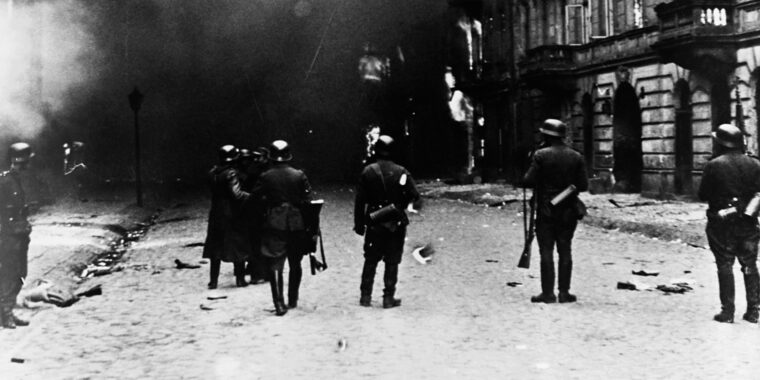
European Theater
In April 1940, Adolf Hitler’s SS began building a walled compound in occupied Warsaw in which to imprison Jews who had survived the previous autumn’s bitter fighting as the German juggernaut romped through western Poland. Read more
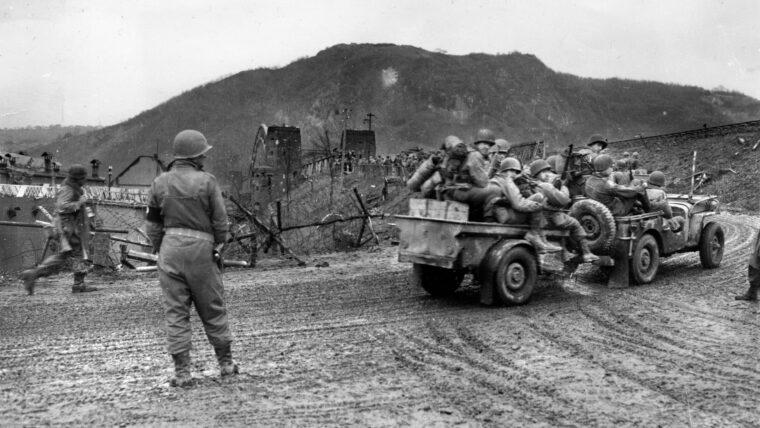
European Theater
By the end of January 1945, Hitler’s desperate Ardennes Offensive had ground to a halt. Though the last-ditch push to the west had inflicted heavy casualties on American forces, it was the German army that suffered irreplaceable losses in men, equipment, and materiel and was no longer capable of offensive operations. Read more
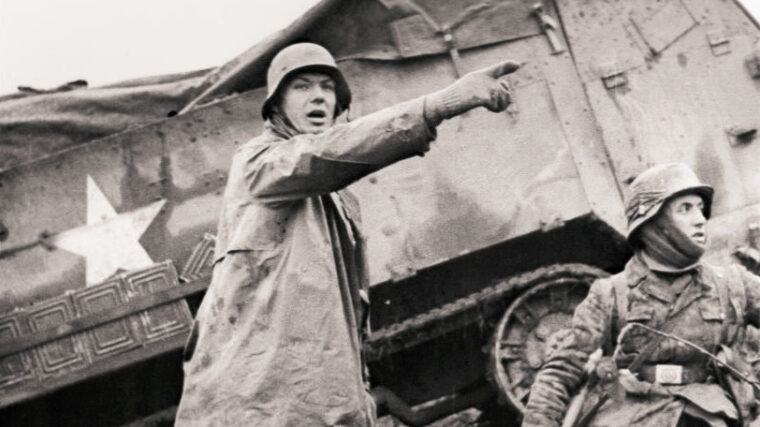
European Theater
The Ardennes Forest in eastern Belgium seemed almost surreal in the last days of autumn 1944, a quiet backwater in a raging storm. Read more
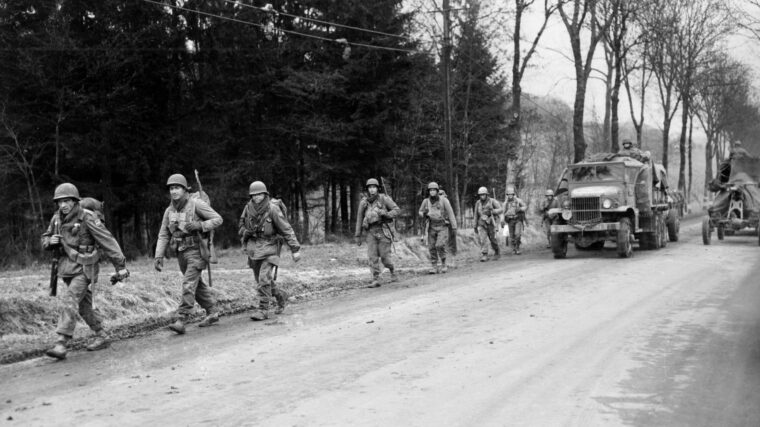
European Theater
In a letter to his fiancée, Betty Craig, on December 16, 1944, from Helleringen, France, newly promoted Staff Sergeant Frank Lembo of Company B, 305th Engineer Combat Battalion, 80th Division, wrote of a battalion show the night before, complete with Red Cross girls serving donuts and the division band; an upcoming dance; doing laundry; and other pastimes of a soldier experiencing a period of reserve status. Read more
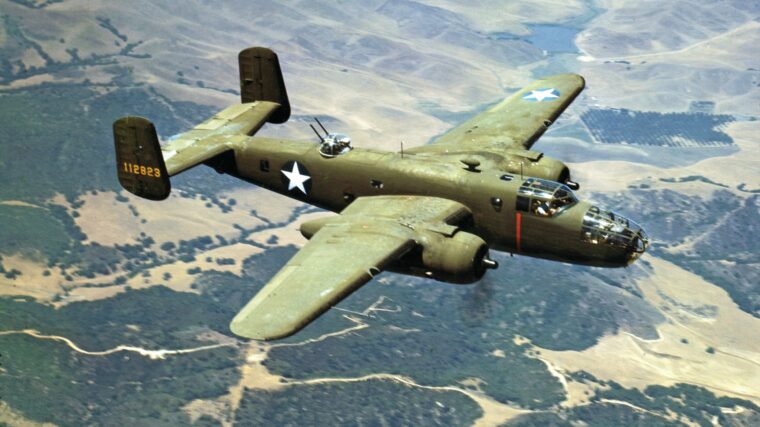
European Theater
There is no disputing what the North American B-25 Mitchell medium bomber contributed to the Allied victory in World War II. Read more
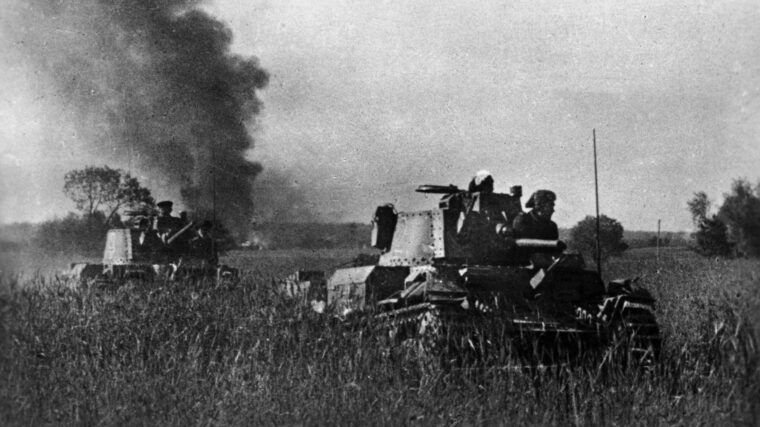
European Theater
In March 1939, Adolf Hitler dissolved the Republic of Czechoslovak, incorporating its lands into the Third Reich. As a consequence, much military equipment fell into the hands of the Wehrmacht, including 469 armored fighting vehicles. Read more
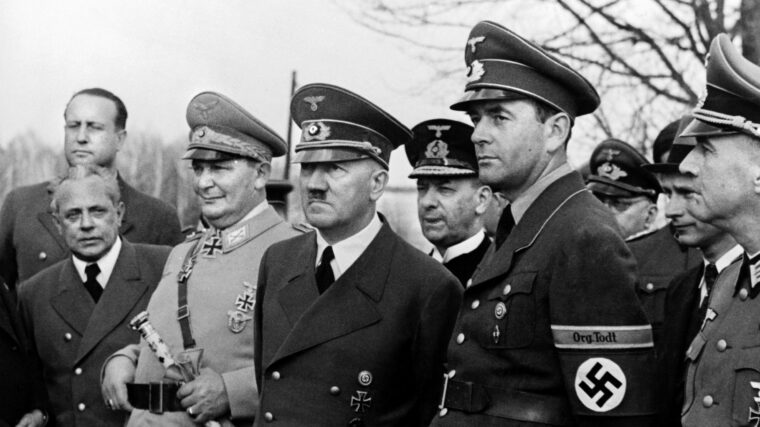
European Theater
On March 12, 1938, German troops entered Austria, part of Adolf Hitler’s plan to incorporate that hapless country into the Third Reich. Read more
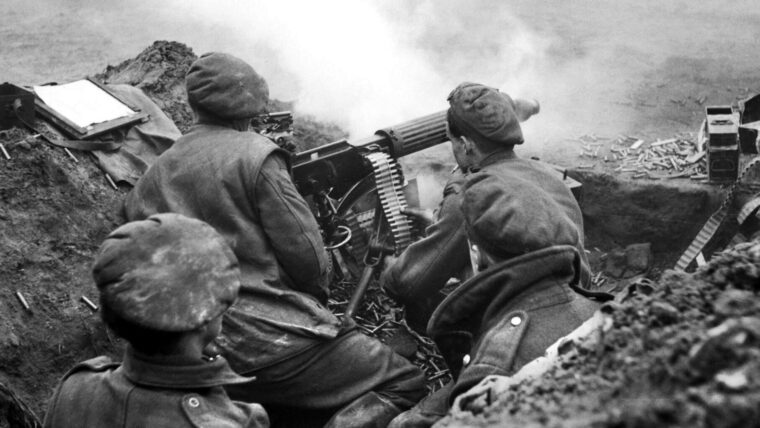
European Theater
The bloody fight for the Reichswald, according to Lieutenant General Horrocks, was a soldiers’ battle “fought by the regimental officers and men under the most ghastly conditions imaginable.” Read more
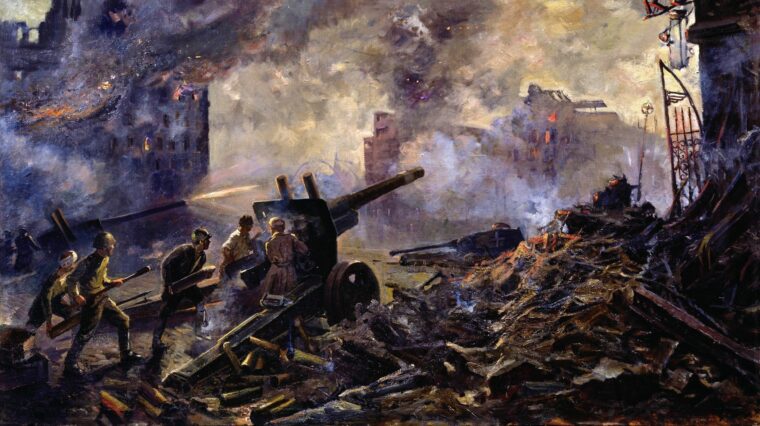
European Theater
By the end of March 1945, the Western Allied armies were across the Rhine, the last major geographical barrier to an all-out final assault against the Third Reich. Read more
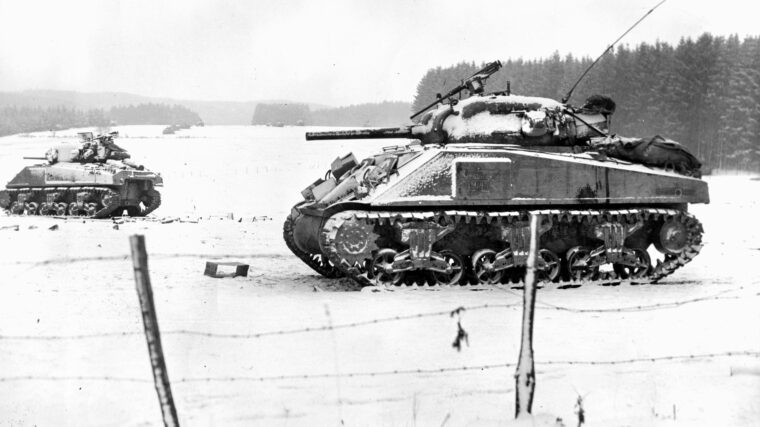
European Theater
This article is excerpted from Kevin Hymel’s latest book, Patton’s War: An American General’s Combat Leadership, Volume 2: August—December 1944, published by University of Missouri Press. Read more
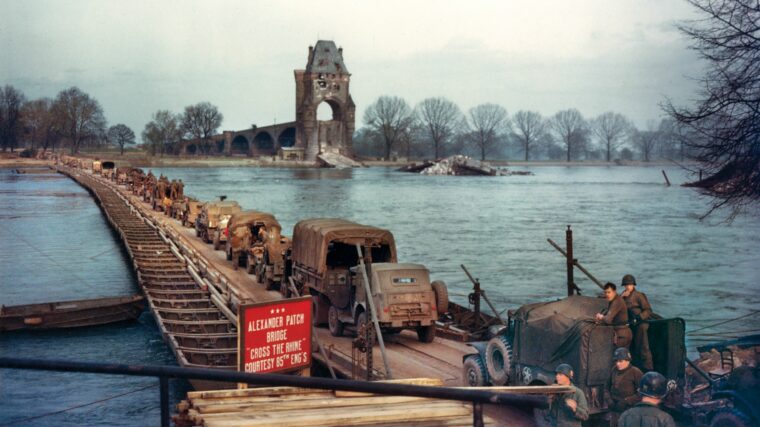
European Theater
While British Field Marshal Bernard L. Montgomery’s 21st Army Group was marching across Belgium, Holland, and into northern Germany on his way to the Rhine, Omar Bradley’s 12th Army Group, made up of Courtney Hodges’s First and George Patton’s Third U.S. Read more
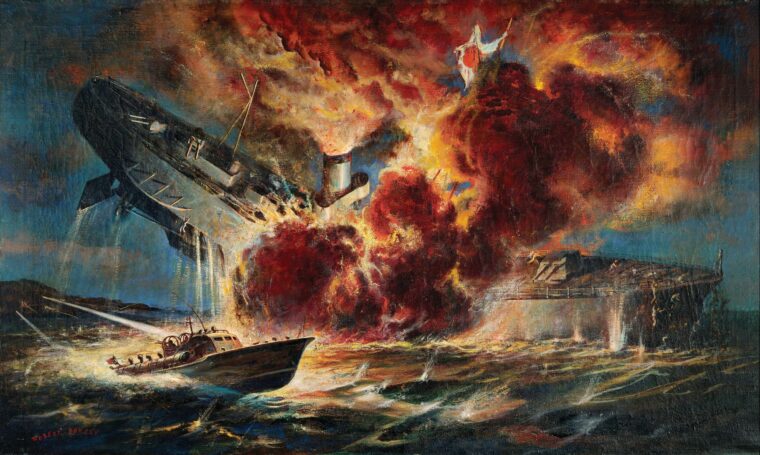
European Theater
The U.S. Navy put many ships in harm’s way during World War II, but none more so than the Patrol Torpedo or“PT” Boats. Read more
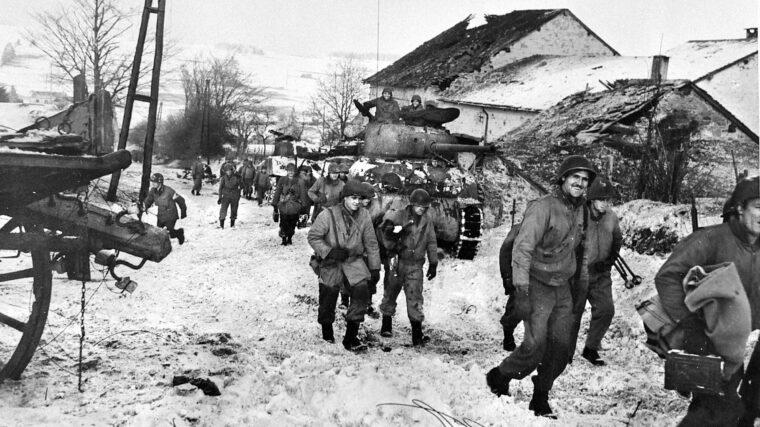
European Theater
On the morning of December 19, Lieutenant General George S. Patton, Jr., prepared his Third Army for a battle raging north of him—the Battle of the Bulge. Read more
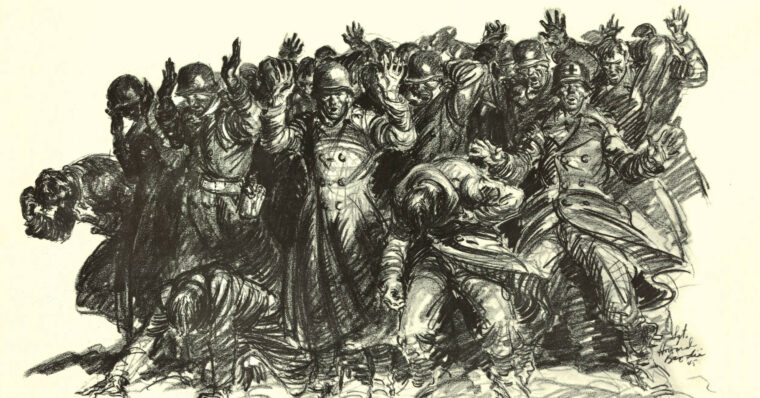
European Theater
Newspaper artist Howard Brodie enlisted in the U.S. Army in 1942, soon joining the combat artist program. He was sent by Yank magazine to capture his impressions of the war with a pencil during the Guadalcanal campaign and then the fighting in Europe. Read more
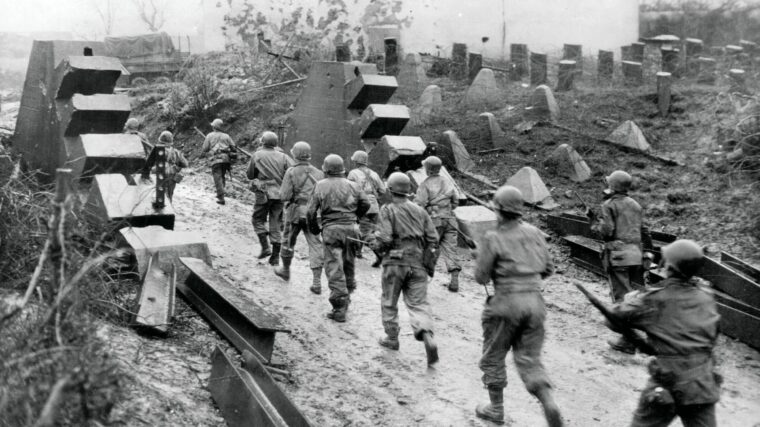
European Theater
As the battalion officers surveyed the terrain before them, they must have been worried about the men who would have to cross it—the 300 yards of open ground to the banks of the Saar River lined with barbed-wire, concrete pillboxes, anti-vehicle “dragon’s teeth,” and reinforced with minefields in depth known as the Westwall or, more commonly, the “Siegfried Line.” Read more
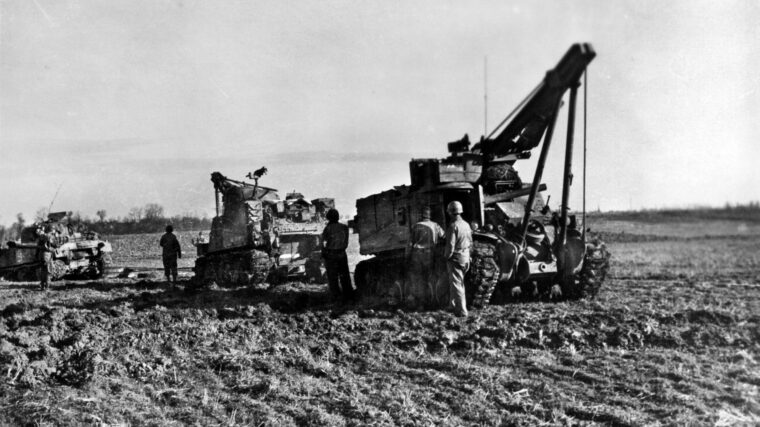
European Theater
The U.S. Army’s drive across France and Belgium during the late summer and fall of 1944 was made possible by the support of the logistics and maintenance personnel that performed their duties magnificently—but received little credit or glory. Read more
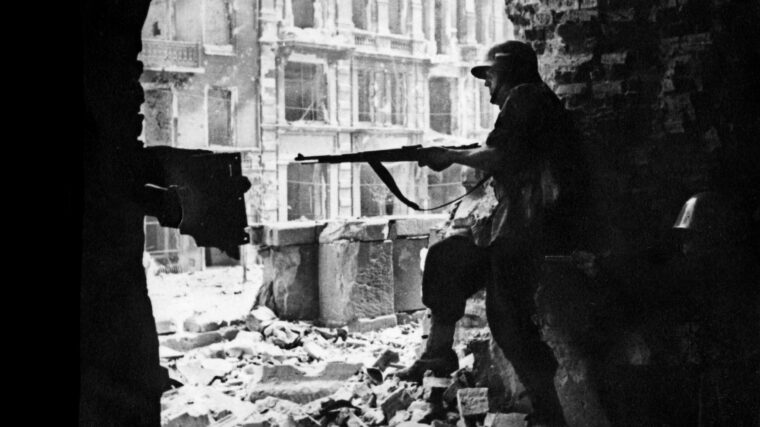
European Theater
Polish General Tadeusz “Bor” Komorowski knew the fight for the Old Town Warsaw was over. His last hope—and that of his army—was to slip out unnoticed and move the headquarters position to the town center. Read more